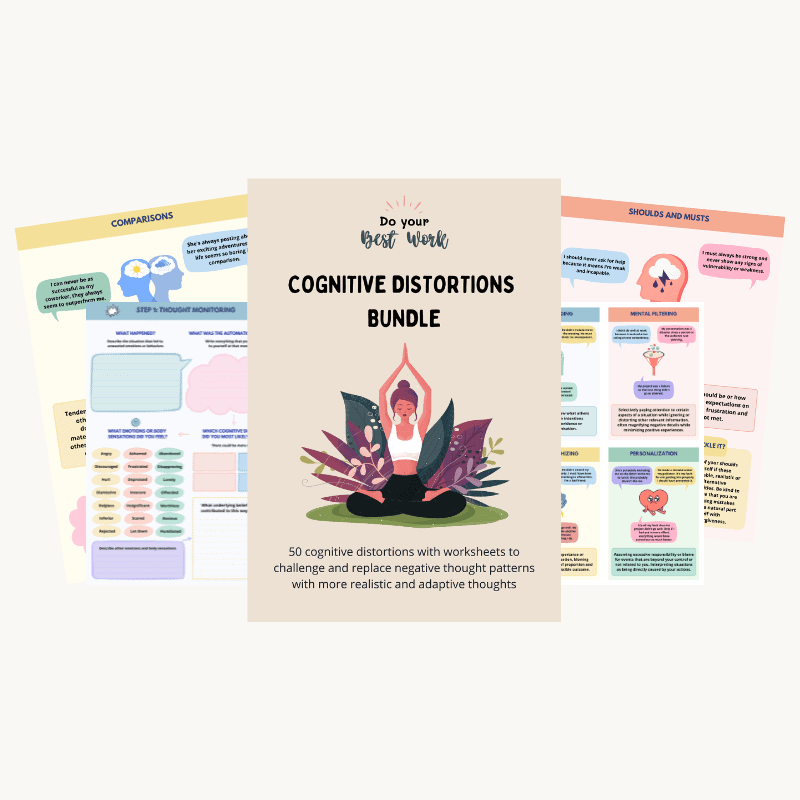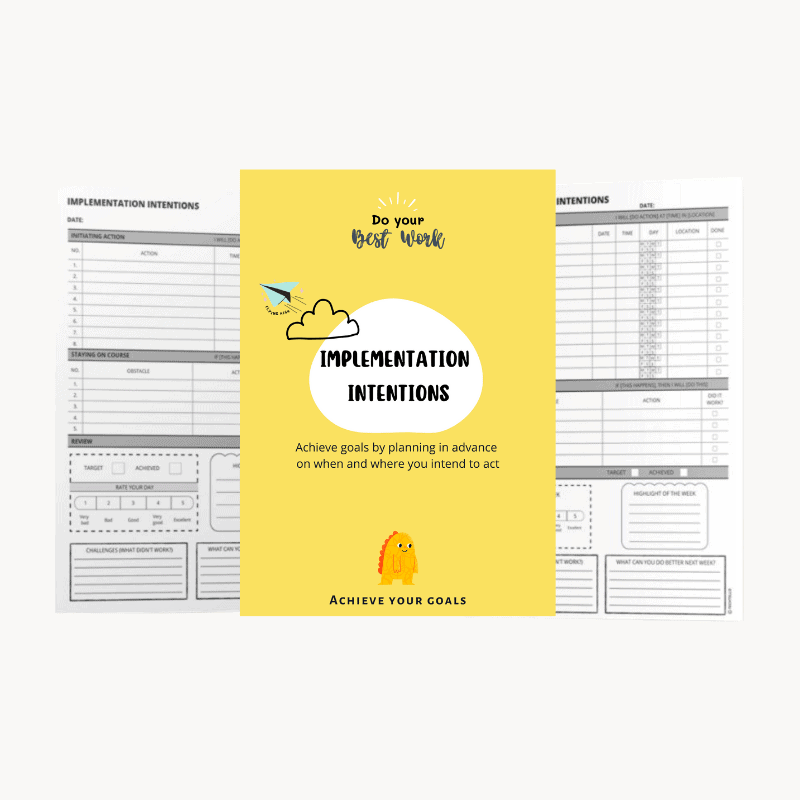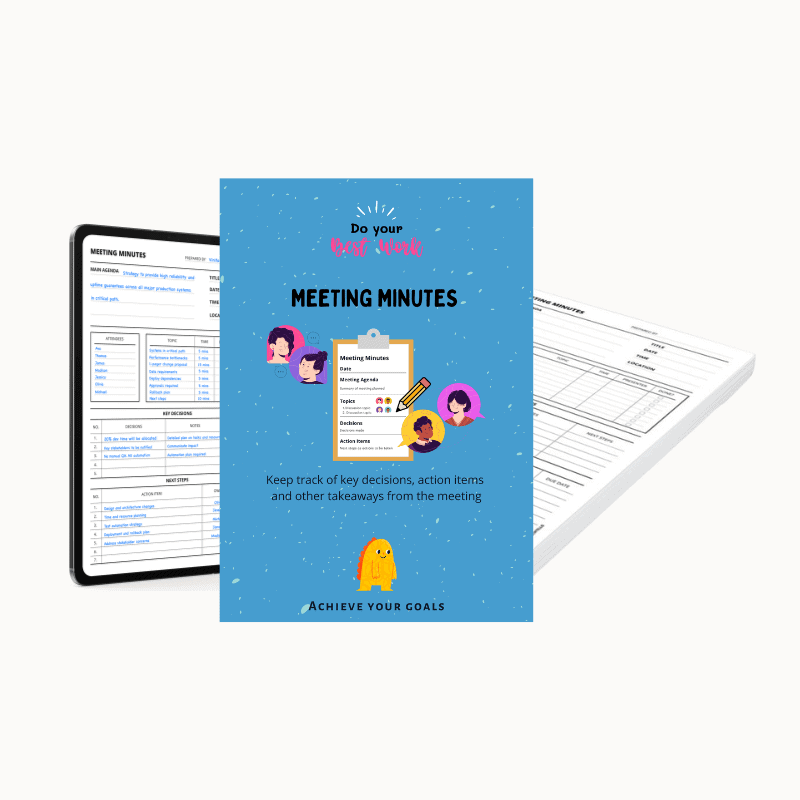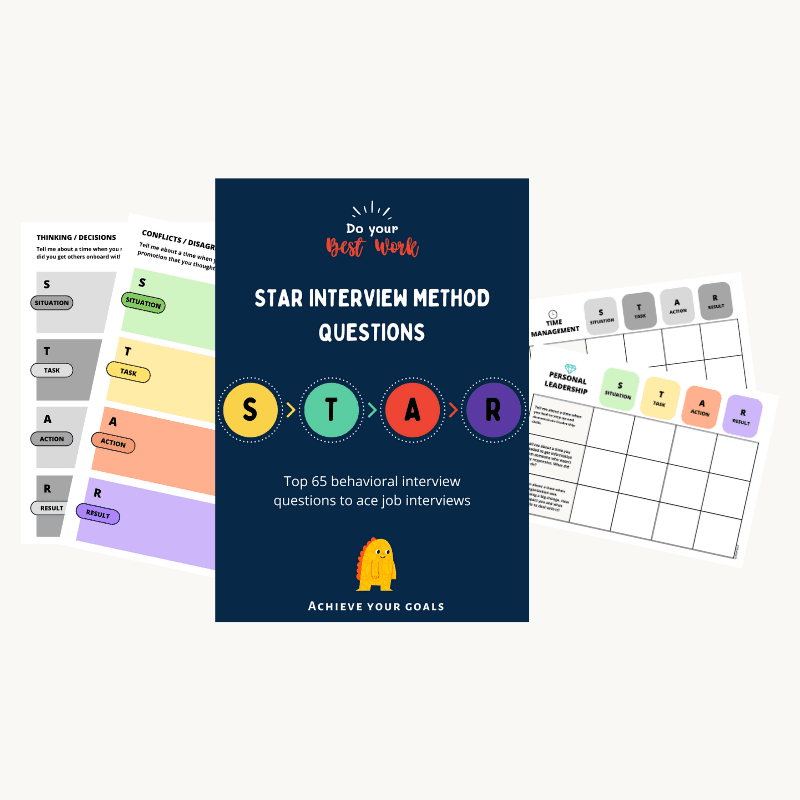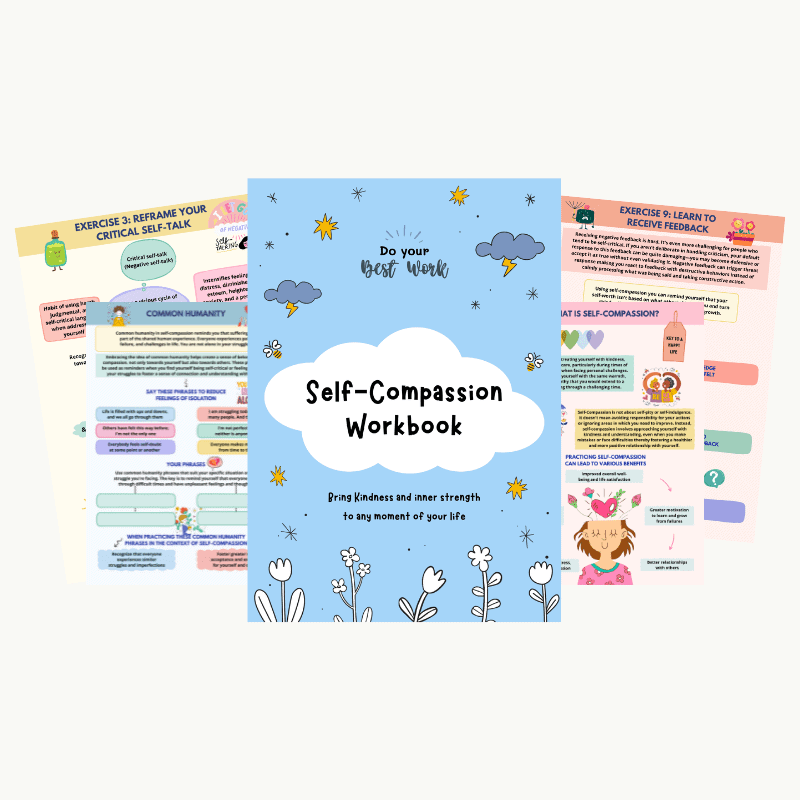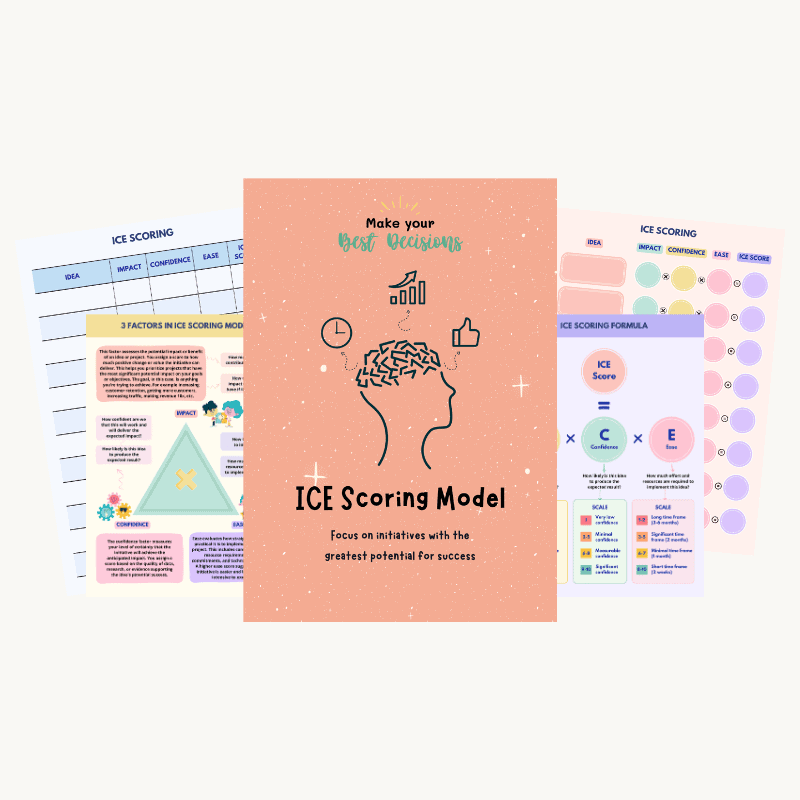How to Get Better at Risk Taking

Some people have the nerve for taking risks. Give them a challenge and they’ll jump right into it. You’ll find these people leading some of the biggest initiatives, driving the most challenging projects, and making bold decisions at work. They’re admired and respected for their ability to step up when everyone else is trying to escape the risk.
These people are the change drivers, thought leaders and visionaries who have a knack for solving tough problems, courage to step into the unknown and the skills to handle the uncertainty.
But what makes these people such good risk takers? Is it their innate talent? Do they have some special abilities? Are they born to be risk-takers?
Quite possible. But risk taking is also a skill that can be built with experience and practice. For most people, the idea of doing something unknown is terrifying. It brings out their biggest fears of failing, facing the embarrassment of falling short and not living up to other people’s expectations.
Letting fear control their thinking makes them give up even before they have started. They become risk-averse and try to play safe. Playing safe not only limits their growth, it also reduces their appetite to take risks. They avoid risky projects, risky conversations, risky decisions or anything that appears remotely risky.
What about you? Are you embracing risks at work or trying to play safe?
When you keep playing safe, you fail to leverage the right opportunities to advance your career. Using risk strategically and managing it well can build credibility, increase your influence and open the doors to bigger and better opportunities.
Risk taking involves courage and confidence. You should be willing to step out of your comfort zone and put a step into the unknown. So how can you do it well?
Ask these 5 questions to make the decision, put it into action and increase your odds of success. Risk taking is intoxicating. Once you get started, you’ll be on an upward journey craving bigger and better risks.
Progress always involves risks. You can’t steal second base and keep your foot on first.
— Frederick Wilcox
Is the risk worth it?
Taking risks without a proper evaluation criteria is foolish. It’s like jumping into a pool without knowing what to expect and hoping you would survive.
Not all risks are worth taking. Some risks may be harmful for your career if you take them without being prepared. For example: signing up for responsibilities without proper skills, claiming to be a subject matter expert on areas you don’t know so well.
While there’s an upside to taking the risk, there’s also a potential downside. There’s always a cost involved—think emotional, physical, social costs of taking the risk and not just financial impact.
To determine if the risk is worth your time and energy, ask these questions:
- What will you gain if you take the risk?
- What will you lose if you don’t take the risk?
- What’s the cost to you and others of taking the risk and not achieving the desired outcome?
- Does your work environment promote risk taking or hinders it?
Once you have thought through the questions above, answer these next:
- What you may lose from taking the risk substantially outweighs your gain or the other way round?
- What challenges do you foresee if your work environment does not encourage risk taking?
- What kind of support would you need to create a plan and put it into action?
Don’t take the risk if it isn’t worth it. You have limited time. Better make it count elsewhere.
Everyone’s time is limited. What matters most is to focus on what matters most.
— Roy Bennett
Is the decision reversible or irreversible?
In a newsletter to his shareholders, Jeff Bezos, the founder of Amazon.com, described two types of decisions – irreversible (type 1) and reversible decisions (type 2).
He compares irreversible decisions to “one-way doors” and says that such decisions should be made methodically, carefully and slowly with great deliberation and consultation “If you walk through the door and don’t like what you see on the other side, you can’t get back to where you were before.”
However, he says most decisions in an organization aren’t like that. They are changeable and reversible. They are two-way doors “If you’ve made a suboptimal Type 2 decision, you don’t have to live with the consequences for that long. You can reopen the door and go back through. These decisions can and should be made quickly by high judgment individuals or small groups.”
What about the risk you plan to take—is it reversible or irreversible? If the risk is reversible and worth it, just go ahead and get started on it. Make the decision, don’t overthink and move fast.
For example: If you’re planning to quit your job to start your own company, there’s definitely some risk involved. But the risk isn’t huge and it’s also reversible—you can easily find another job if your company fails or things don’t work out.
However, if it’s irreversible, better to slow down and gather more information because once an irreversible decision is put to action it can’t be easily undone. The cost to get the information you need to reduce uncertainty will be worth your time and effort.
For example: The decision to announce that the company will be 100% remote and employees can work from anywhere in the world shouldn’t be taken lightly. Once you roll out this policy and it doesn’t work out, getting your employees back to office won’t be easy.
Be wary of analysis-paralysis though. Delaying the risk to make a more informed decision shouldn’t lead to putting it off endlessly. Once you have sufficient data at hand or your intuition tells you it’s time to move forward, the biggest mistake will be waiting.
Cognitive Distortions Bundle
Challenge and replace irrational thoughts with more realistic and adaptive thoughts.
How can I stack the odds in my favor?
What are the default odds of accomplishing your goal? Are you satisfied with the default odds? What changes can you make or what steps can you take to stack the odds in your favor?
Stacking the odds in your favor involves purposefully taking steps to increase the likelihood of achieving your objectives. It involves being prepared to face the unknowns and challenges as they arise. You need to think about what can increase your chances of success and what might reduce it.
To do this, identify:
- What can go wrong? What’s the absolute worst that can happen?
- What’s the likelihood of it happening?
- What’s its impact?
- What is in place to prevent it or how prepared are you to handle it?
- What steps can you proactively take to reduce it or avoid it entirely?
You don’t have to act on every possibility upfront. But being prepared with a plan to deal with them when they arise can tremendously increase your chances of success.
You also have to treat every failure as feedback. If you take a risk and fail, it’s not the end of the world. You can’t back out and give up. Learn from your failure and identify what changes you can make to turn it around and do better next time.
When you take risks you learn that there will be times when you succeed and there will be times when you fail, and both are equally important.
— Ellen DeGeneres, Seriously… I’m Kidding
What’s within my control?
When taking a risk, despite your best efforts, things may not turn out the way you anticipated. Being prepared to handle the unknowns does not guarantee success. Many externals beyond your control can lead to an unexpected outcome.
Think about everything that can go wrong and place it in one of the categories:
- Circle of influence: these are the things over which you can exercise your control and bring about a change.
- Circle of concern: these are the things you have no control over and focusing your energy here is a waste of your time.
Stephen Covey says in The 7 Habits of Highly Effective People “Proactive people focus their efforts in the Circle of Influence. They work on the things they can do something about. The nature of their energy is positive, enlarging and magnifying, causing their Circle of Influence to increase.”
He adds “Reactive people, on the other hand, focus their efforts in the Circle of Concern. They focus on the weakness of other people, the problems in the environment, and circumstances over which they have no control. Their focus results in blaming and accusing attitudes, reactive language, and increased feelings of victimization. The negative energy generated by that focus, combined with neglect in areas they could do something about, causes their Circle of Influence to shrink.”
When you take the risk, focus on the process, not the outcome. Remember you can only control the process. You can’t control the outcome. Working on the process will enlarge your circle of influence enabling you to navigate the risk strategically while obsessing about the outcome will only waste your thinking cycles, add to stress and anxiety without creating any value.
Do everything you can to succeed but also be mentally prepared to accept the outcome whatever it may be. Don’t fret. Don’t complain. Remember you did your absolute best and simply move on.
Circle of Control Workbook
Let go of negativity and rumination by embracing things within your control.
How can I take more risks?
The science of habit building says that anything done repeatedly and consistently becomes effortless and turns into a habit.
This happens because our brain is constantly looking for ways to save effort to allow our minds to ramp down more often. This makes it convert any sequence of actions done consistently into an automatic routine and it’s at the root of how habits are formed.
Charles Duhigg says in The Power of Habit “Habits never really disappear. They’re encoded into the structures of our brain, and that’s a huge advantage for us, because it would be awful if we had to relearn how to drive after every vacation. The problem is that your brain can’t tell the difference between bad and good habits, and so if you have a bad one, it’s always lurking there, waiting for the right cues and rewards.”
Want to take more risks? Leverage the power of habit building. The more risks you take, the better will be your tolerance for unknowns and uncertainty. Taking more and more risks will build the mental muscle to do it more often. You will not only get better at taking risks but also at identifying which risks to take and how to deal with the outcome when it doesn’t work out in your favor.
Taking risks will soon become your second nature. Risks that earlier brought fear, self-doubt and anxiety, will no longer seem scary. You’ll be ready to make bold decisions and embrace more risky propositions.
Building the ability to take risks is a huge career advantage. Don’t let fear and self-doubt hold you back from realizing your true potential. Start small. Take incremental risks. Slowly build the courage to take bigger and better risks.
To live a life of excellence, you will have to take risks. You will have to step into new territory and climb new mountains. If you’re up to something that’s as big as you are, it’s going to be scary. If it feels perfectly safe, you are probably underachieving. To leave your mark in the world, you will have to stand someplace you’ve never been willing to stand before. And you will have to have the courage to aspire to excellence.
— Debbie Ford, The Best Year of Your Life
Summary
- Risk taking is not limited to a few with special talents and abilities. Anyone can build the mental muscle to take risks with courage, experience and practice.
- When fear guides your thinking, you become risk averse. Avoiding risks keeps you safe, but it also limits your learning and growth.
- Taking risks without a proper decision criteria is foolish. Take only those risks that are worth your time and attention.
- If the decision to take the risk is reversible, make a quick decision and move fast, but if it’s irreversible, slow down and be more deliberate.
- Once you decide to take the risk, proactively identify the obstacles that might get in the way and take steps to stack odds of succeeding in your favor.
- When you don’t get the expected outcome, identify what’s within your control and act on it instead of wasting time and energy on things beyond your control.
- Use the power of your brain to your advantage. The more risks you take, the easier it will be for your brain to make risk-taking automatic.

